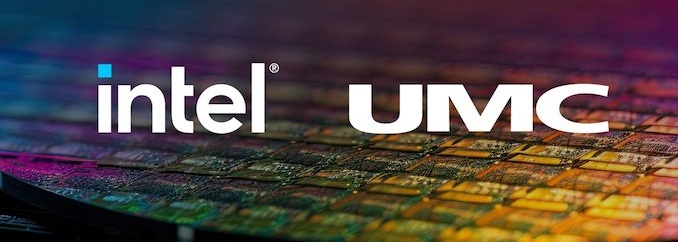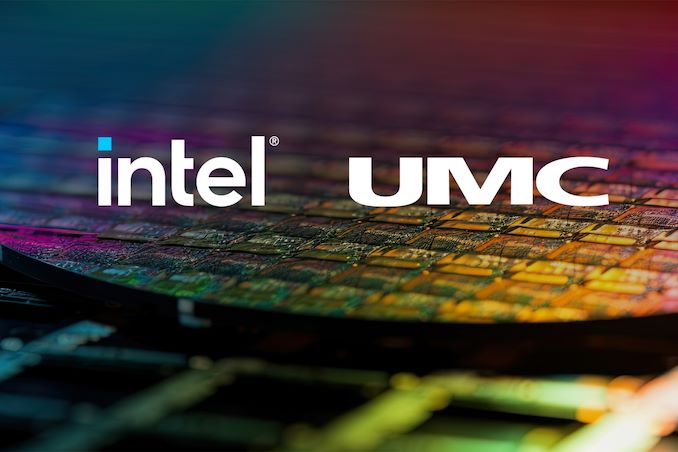
Intel’s historical dominance in semiconductor process technology began to erode around 2018, as competitors started delivering higher performance at smaller nodes. In response, Intel is now doubling down on innovation across two fronts: advanced process nodes such as Intel 18A and 14A, and cutting-edge packaging technologies.
Interestingly, this emphasis on packaging innovation isn’t a deviation from Moore’s Law—it’s an expansion of it. In the original paper that gave birth to Moore’s Law, Gordon Moore wrote that it may prove economical to build large systems out of smaller functions, which are separately packaged and interconnected. That concept is materializing today through multi-die architectures and chiplet-based integration, which are key to Intel’s packaging roadmap.
These dual pillars of process and packaging took center stage at the recent Intel Foundry Direct Connect event, where Intel outlined how these technologies will power next-generation products in a world increasingly defined by AI-driven workloads and heterogeneous computing.
A separate article covers what was shared regarding advanced process and packaging technology. During Day 2 of the Direct Connect event, Walter Ng, VP of Worldwide Business Development at Intel Foundry Services, and TJ Lin, President of UMC-USA, gave a joint talk. This article focuses on that session.
The Cultural Challenge: From Products to Services
Technology alone is not enough to reinvent Intel’s role in the industry. A transformation from a product-centric company to a customer-focused foundry demands an equally profound cultural shift. For decades, Intel has engineered and delivered its own products; now, it must serve as a platform for others’ innovations. This shift was a major theme at the event, especially during the joint presentation by Intel and its strategic foundry partner, United Microelectronics Corporation (UMC).
UMC’s own evolution from an IDM (Integrated Device Manufacturer) to a dedicated foundry equips it with a culture deeply rooted in customer collaboration, operational efficiency, and service orientation. These are exactly the qualities Intel must adopt to succeed in its foundry ambitions—and UMC is well-positioned to help guide that transformation.
A Strategic Opportunity
While Intel is forging ahead on advanced process and packaging fronts, the 12nm process node was selected for the Intel-UMC partnership for several strategic reasons. Although future collaborations may include additional nodes, the immediate focus is on delivering a competitive 12nm platform that targets a broad range of applications: high-performance computing, mobile, RF, consumer, industrial, automotive, aerospace, and medical sectors.
This market is expected to grow to $20 billion by 2028, with early momentum driven by logic and RF designs. From 2027 onward, growth in specialty technologies is expected. Application areas include WiFi combo chips, RF transceivers, image signal processors, set-top box SoCs, and more—addressing the full spectrum of modern semiconductor demands.
Distributed Development and Accelerated Execution
Development is proceeding in parallel at UMC’s Tainan facility in Taiwan and Intel’s Ocotillo Technology Fabrication (OTF) site in Arizona, reinforcing a geo-diversified manufacturing strategy. With fabs across the US, Taiwan, Korea, China, EMEA, and Japan, the collaboration supports customers in building resilient, multi-sourced supply chains.
Initial performance benchmarks are promising: compared to UMC’s 22uLP node, the new 12nm offering delivers 28% better performance, 47% lower power consumption, and over 50% area savings. In response to anchor customers, Intel has accelerated its Process Design Kit (PDK) delivery schedule, enabling earlier design-in and tape-out.
The partners are also closely coordinating foundry operations and support services to ensure a seamless transition from design to high-volume manufacturing.
UMC’s Role and Expertise
UMC brings decades of experience in foundry operations, with a comprehensive ecosystem of IP and design enablement tools, support for specialty devices, and a diverse global customer base. Its track record in delivering complex, customized solutions makes it a strong partner in applications where tailored performance is essential.
Intel’s Added Value
Intel contributes significant R&D depth in FinFET technology, established advanced-node capacity, and leadership in packaging innovation. Initiatives like the Chiplet Alliance are enabling a robust ecosystem for modular system design. Furthermore, Intel’s domestic manufacturing footprint in the U.S. strengthens its appeal for customers with localization or national security requirements.
Together, Intel and UMC are offering a competitive FinFET solution that supports multi-sourcing strategies and provides a clear technology migration path for future products.
Service Culture Learning as a Catalyst for Change
Beyond technological and operational synergies, this collaboration serves a more profound purpose in Intel’s evolution: accelerating its cultural transformation. UMC’s journey from IDM to foundry is now becoming part of Intel’s learning curve. As Intel adopts a more customer-first mindset, this partnership offers valuable guidance and real-world insight.
The collaboration is not merely an exchange of capabilities; it is also a transfer of values, principles, and best practices that may shape the long-term success of Intel Foundry Services.
Summary
In a semiconductor industry defined by diversification, specialization, and global complexity, the Intel-UMC 12nm partnership exemplifies smart, strategic collaboration. By combining UMC’s mature process expertise with Intel’s FinFET and packaging leadership—alongside a deepening cultural alignment—the partnership is well-positioned to unlock new market opportunities.
As Intel seeks to reclaim its role as a technology leader and establish itself as a next-generation foundry platform, this collaboration with UMC isn’t just strategic—it’s foundational.
Also Read:
Intel’s Path to Technological Leadership: Transforming Foundry Services and Embracing AI
Intel Presents the Final Frontier of Transistor Architecture at IEDM
Share this post via:






Comments
One Reply to “Intel’s Foundry Transformation: Technology, Culture, and Collaboration”
You must register or log in to view/post comments.